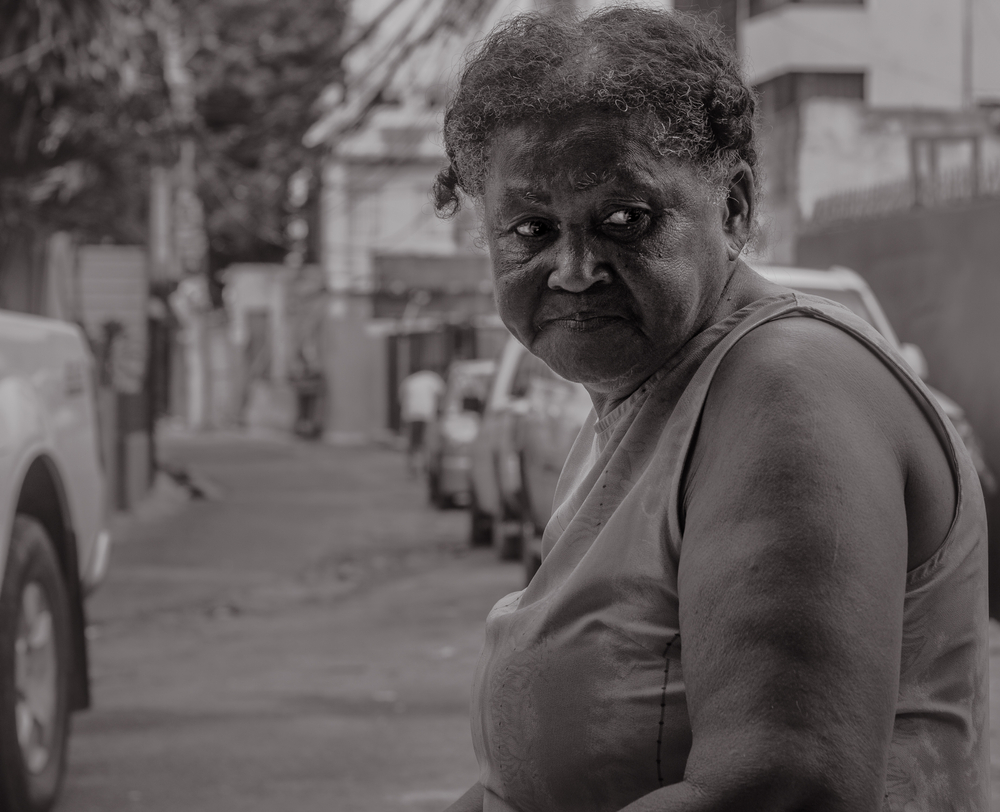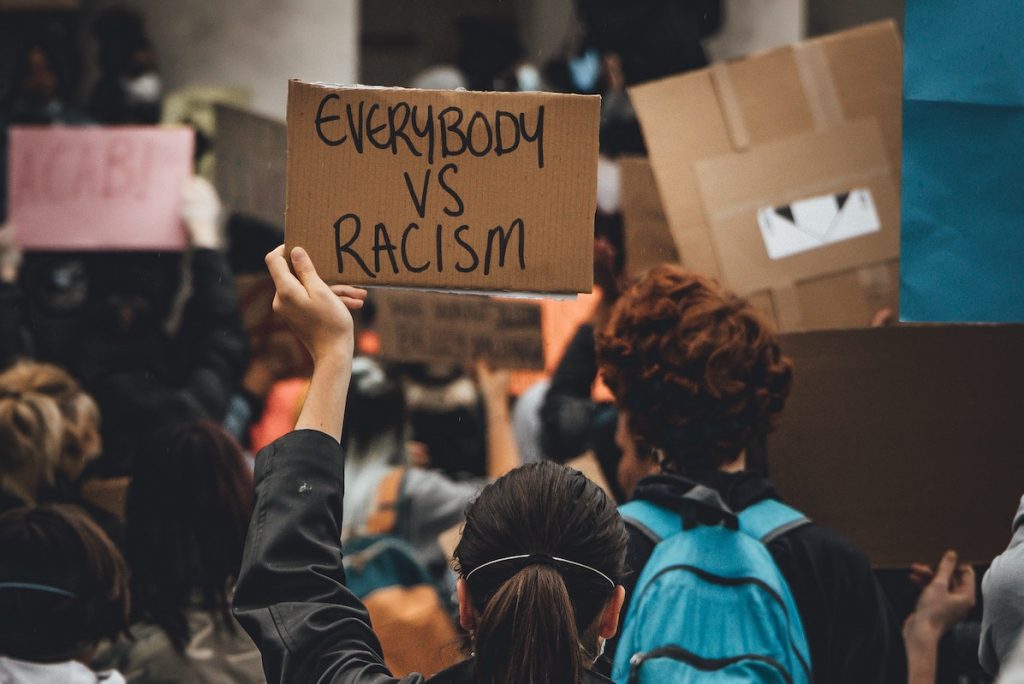
Citizens identifying as Black and Minority Ethic (BAME) face barriers and disadvantage across many areas of life, including housing, employment, and education. In the context of mental health, considerable research highlights the overrepresentation of people from BAME backgrounds in inpatient mental health services, with a recent international meta-analysis finding that BAME and migrant groups are at far greater risk of being detained under mental health legislation than any other ethnic group (Barnett et al., 2019). In the UK specifically, people from Black Ethnic (BE) backgrounds (used here to mean individuals who identified as Black, Black British, Caribbean, or African in the 2011 census, although there are limitations on the use of such terms) are four times as likely to be detained as people from White British backgrounds (NHS Digital, 2022).
The issue of overrepresentation is a complex one. Barnett et al. (2019) argue that although research in this field has brought attention to the issue of overrepresentation, it has not been able to offer robust explanations as to why this is the case. There is still a heavy reliance on assumptions about cultural beliefs surrounding mental health (e.g., that greater stigma is attached to mental illness within minority communities), and as most research has focused on statistics, this has meant that the voices of service users who have been detained under the Mental Health Act (MHA; 1983), as well as their families and carers, is almost completely absent from the literature. This is something that Solanki and colleagues (2023) sought to address in the current paper, by exploring the experiences of people from BE backgrounds who were detained as inpatients under the MHA.

We know that people from BAME backgrounds are overrepresented within inpatient mental health settings, but what is missing is an understanding of their experiences. Solanki and colleagues (2023) sought to address this gap.
Methods
The authors recruited 12 individuals who identified as BE, spoke English, and were current inpatients detained under the MHA to take part in semi-structured interviews about their experiences. Participants were aged between 18 and 60 years old, with 8 females and 4 males. Interviews lasted between 12 and 48 minutes, and followed a topic guide that focused on:
- Demographic information
- Background before detention under the MHA
- The experience of compulsory admission
- The experience of compulsory treatment
- Views on whether detention was appropriate.
Interviews were transcribed and then analysed using inductive thematic analysis (Terry et al., 2017). A BE service-user researcher was consulted throughout the study to inform the process.
Results
Analysis identified four major themes:
Theme 1: Help is decided by others, not tailored to me
- Participants emphasised their lack of agency in seeking help; even when some did reach out for support, they reported either not being taken seriously or being given little choice as to what that support might look like. This was experienced as frustrating, and led some participants to not receive help until they reached a point of crisis.
- The process of detention and receiving a diagnosis was described as a “punishment” and was experienced as discriminatory, with participants feeling like healthcare professionals did not pay attention to their individual circumstances.
- There was also a sense of betrayal from families at being detained in the first place.
They just labelled me as schizophrenia or something like that. But really it’s marijuana which, and my difficult life, which I’ve had in the past.
Theme 2: I am not a person – I am a black patient
- Participants discussed the ways in which their ethnicity played a role in their experience of detention, reporting abuse, discrimination, and overt racism from other patients, staff, and society as a whole.
- Discrimination was not just from individuals of White ethnic backgrounds, but also other BE individuals due to the stigmatisation of mental illness within the wider community.
That’s a racial thing. The less, the least of us on the street, the better. Especially the men.
Theme 3: Mistreated or neglected instead of cared for
- For participants, the experience of detention was just that – detention. It was a punitive rather than a therapeutic experience, including excessive use of restraints as well as a lack of access to outdoor space.
- Staff were described as caring but overworked at best, or aggressive and neglectful at worst – either way, participants did not feel properly cared for during their time as an inpatient.
I felt like I was being treated like an animal. I wasn’t allowed to go outside, I wasn’t allowed to have fresh air.
Theme 4: Sectioning can be a space for sanctuary and support
- Despite the negative aspects of detention, participants described some positive elements, including access to social support from professionals and peers, as well the provision of basic necessities like food and shelter.
It’s like a second chance […] I can have stability and be stable within, within my own space.

Participants described being detained under the Mental Health Act as a “punishment”, reporting experiences of racism, stigma, and neglect.
Conclusions
The current study highlights that BE citizens experience detention as:
a racist and racialized experience, inseparable from a wider context of systemic racism and inequality.
Participants reported the role of ethnicity in every element of their care, and described how the experience left them feeling unheard, neglected, and without agency.
These findings are broadly in line with other pieces of work, including the 2018 Wessely review of the MHA, in demonstrating that there is still much to be done in improving how services respond to and treat BE individuals detained under the MHA.

The findings from Solanki et al. (2023) echo conclusions from previous reports highlighting the need for drastic service improvement to tackle racism within inpatient mental health care settings.
Strengths and limitations
There are several strengths to this study, particularly in terms of the rigour of the methodology used in ensuring that this is an accurate account of the lived experiences of the study sample. The authors achieved this through member checking (asking participants to check the analysis for accuracy), consulting a BE service-user researcher throughout the project, systematic analysis, and reflexivity.
However, there are some limitations to the study which the authors acknowledge:
- The study is small-scale and only recruited participants from one Trust, meaning the results are not comprehensive nor necessarily generalisable to all BE experiences of being detained under the MHA. However, generalisability is rarely a goal with qualitative research, and the study still provides an in-depth account of a number of individual experiences. Given the demographic diversity, the authors argue that the findings can still be transferable to other similar settings.
- Participants were recruited from acute inpatient wards rather than psychiatric rehabilitation wards, limiting how specific recommendations for practice can be.
- Men were a minority in the final sample, which is not representative of national statistics for MHA detention. This limits the aforementioned transferability of the findings, particularly there is no explanation for why this was the case.
Despite limitations, the current study is still incredibly valuable, with important messages and learning opportunities for all those who work in mental health services. The main strength of the study lies in the fact that it reflects the lived experiences of BE patients, which take readers beyond official statistics to gain insight into the roles of ethnicity and racism in detention under the MHA.

Despite limitations regarding the generalisability of the sample, findings from the current study are highly transferrable and will be useful in informing mental health service development.
Implications for practice
This paper makes several important recommendations for future practice.
The authors note that racism towards patients is not routinely reported – is this because BE patients feel unable to report incidents of discrimination, or is this because we do not have robust reporting procedures in place? Regardless, it is clear that the current system is inadequate; moving forward, regulatory bodies should consider how to more accurately monitor discrimination within inpatient mental health services, particularly when there are large representations of minority ethnic communities.
However, we need to go much further than this. All professional bodies involved in the provision of mental health care have a value statement that commits their members to anti-racist practice. Yet, it is clear from the current study that this is not enough to prevent racism and discrimination, and further work is needed to ensure that anyone in crisis has access to mental health support that is provided in a safe, no-tolerance environment. Organisations need to commit themselves to becoming truly anti-racist; as an example, this is something the charity, Mind, are currently working on, by partnering with organisations, agencies and groups with experience and expertise in tackling mental health in racialised communities, as well as campaigning on specific issues such as the use of restraints. This kind of practice needs to be embedded at an institutional level to ensure that all services, not just a few, are committed to being anti-racist.
Finally, mental health services are bound to reflect the wider society in which they are based. When committing to change, mental health services need to not only look inward towards their own structures and practices, but also outwards towards the wider community. We need mental health professionals to work alongside service users, families, and carers to highlight the underlying systemic issues that create cultures of institutional racism. By bringing together the voices of all stakeholders, we are less likely to miss relevant insight and perspectives, and more likely to bring about useful system-wide change.

The findings of this paper have widespread implications for the future of inpatient mental health care, including more robust and accessible procedures for reporting discrimination, and organisations committing to anti-racist practice.
Statement of interests
None.
Links
Primary paper
Solanki, J., Wood, L., & McPherson, S. (2023). Experiences of adults from a Black ethnic background detained as inpatients under the Mental Health Act (1983). Psychiatric Rehabilitation Journal, 46(1), 14.
Other references
Barnett, P., Mackay, E., Matthews, H., Gate, R., Greenwood, H., Ariyo, K., … & Smith, S. (2019). Ethnic variations in compulsory detention under the Mental Health Act: a systematic review and meta-analysis of international data. The Lancet Psychiatry, 6(4), 305-317.
NHS Digital (2022). Mental Health Act Statistics, Annual Figures, 2021-22.
Terry, G., Hayfield, N., Clarke, V., & Braun, V. (2017). Thematic analysis. In C. Willing & W. Stainton-Rogers (Eds.), The SAGE Handbook of Qualitative Research in Psychology (pp. 17-37). SAGE.
Photo credits
Photo by Rui Silvestre on Unsplash
Photo by Josh Calabrese on Unsplash
Photo by J’Waye Covington on Unsplash
Photo by Arthur Edelmans on Unsplash
Photo by National Cancer Institute on Unsplash
Photo by Eye for Ebony on Unsplash
